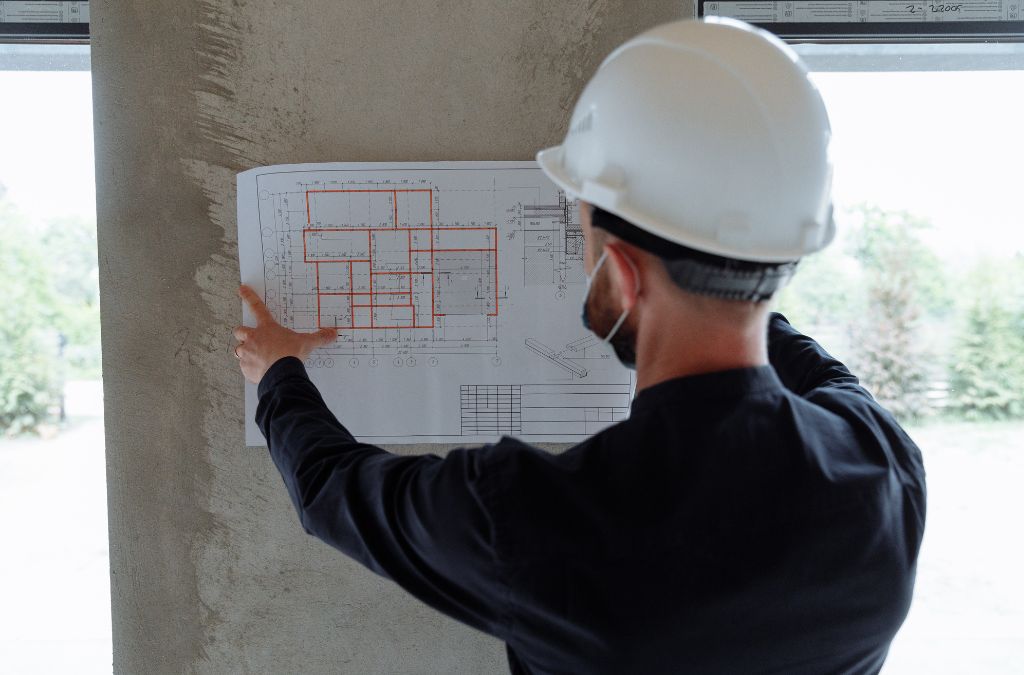-
Table of Contents
- Beyond Blueprints: The Architect’s Role in Urban Evolution
- The Architect as a Visionary
- Case Study: The High Line, New York City
- Sustainability and Green Architecture
- Statistics on Green Building
- Example: Bosco Verticale, Milan
- Community Engagement and Social Impact
- Example: Participatory Design in Medellín, Colombia
- Cultural Preservation and Adaptive Reuse
- Example: Tate Modern, London
- Technological Advancements and Smart Cities
- Example: Songdo International Business District, South Korea
- Challenges and Future Directions
- Future Trends in Urban Architecture
- Conclusion
Beyond Blueprints: The Architect Role in Urban Evolution
Urban evolution is a dynamic process influenced by various factors, including economic shifts, technological advancements, and social changes. Among the key players in this transformation are architects, whose roles extend far beyond designing buildings. This article explores the multifaceted contributions of architects to urban development, highlighting their impact on sustainability, community engagement, and cultural preservation.
The Architect as a Visionary
Architects often serve as visionaries, imagining the future of urban spaces. Their ability to conceptualize and visualize potential developments plays a significant role in shaping cities. By integrating innovative design principles, architects can create spaces that are not only functional but also aesthetically pleasing and sustainable.
Case Study: The High Line, New York City
The High Line in New York City is a prime example of visionary architecture. Originally an elevated railway, it was transformed into a public park by architects James Corner, Diller Scofidio + Renfro, and Piet Oudolf. This project has revitalized the surrounding neighborhoods, attracting tourists and boosting local businesses.
Sustainability and Green Architecture
With growing concerns about climate change, architects are increasingly focusing on sustainability. Green architecture aims to minimize environmental impact through energy-efficient designs, use of sustainable materials, and incorporation of green spaces.
Statistics on Green Building
- According to the World Green Building Council, green buildings can reduce energy consumption by up to 30%.
- The U.S. Green Building Council reports that LEED-certified buildings have saved over $1.2 billion in energy costs since 2015.
Example: Bosco Verticale, Milan
Bosco Verticale, designed by Stefano Boeri, is a pair of residential towers in Milan that incorporate over 900 trees and 20,000 plants. This vertical forest not only enhances air quality but also provides a habitat for wildlife, demonstrating the potential of green architecture.
Community Engagement and Social Impact
Architects play a pivotal role in fostering community engagement. By involving local residents in the design process, architects can create spaces that reflect the needs and aspirations of the community. This participatory approach leads to more inclusive and resilient urban environments.
Example: Participatory Design in Medellín, Colombia
In Medellín, Colombia, architects have collaborated with local communities to transform informal settlements. Projects like the Metrocable and the Biblioteca España have improved accessibility and provided essential services, contributing to social cohesion and reducing crime rates.
Cultural Preservation and Adaptive Reuse
Preserving cultural heritage is another critical aspect of urban evolution. Architects often engage in adaptive reuse, repurposing historic buildings for modern use while retaining their cultural significance. This approach not only conserves resources but also maintains the historical fabric of cities.
Example: Tate Modern, London
The Tate Modern in London, designed by Herzog & de Meuron, is a notable example of adaptive reuse. The former Bankside Power Station was transformed into a contemporary art museum, preserving its industrial heritage while creating a vibrant cultural hub.
Technological Advancements and Smart Cities
Technological advancements are reshaping urban landscapes, and architects are at the forefront of this transformation. The integration of smart technologies in urban design can enhance efficiency, connectivity, and quality of life.
Example: Songdo International Business District, South Korea
Songdo International Business District in South Korea is a model of a smart city. Designed by Kohn Pedersen Fox, it features advanced technologies such as automated waste collection, smart grids, and extensive use of IoT devices. These innovations contribute to a more sustainable and efficient urban environment.
Challenges and Future Directions
Despite their significant contributions, architects face numerous challenges in urban development. Balancing economic constraints, regulatory requirements, and diverse stakeholder interests can be complex. However, these challenges also present opportunities for innovation and collaboration.
Future Trends in Urban Architecture
- Increased focus on resilience and disaster preparedness.
- Greater emphasis on mixed-use developments to promote walkability.
- Integration of biophilic design principles to enhance well-being.
Conclusion
Architects play a transformative role in urban evolution, shaping cities through visionary design, sustainability, community engagement, cultural preservation, and technological integration. Their contributions extend beyond mere blueprints, influencing the social, economic, and environmental fabric of urban spaces. As cities continue to evolve, the role of architects will remain pivotal in creating resilient, inclusive, and sustainable urban environments.
